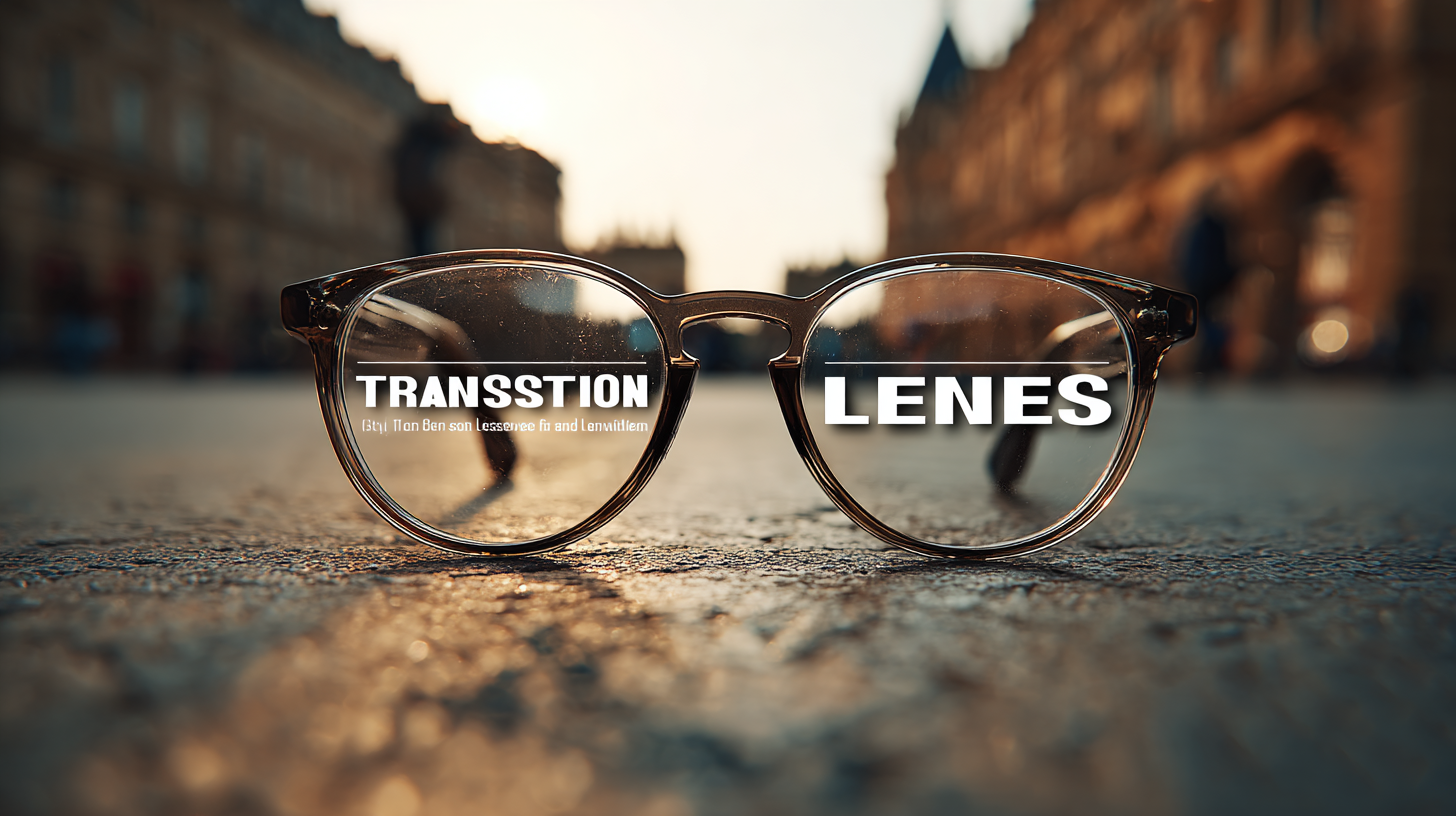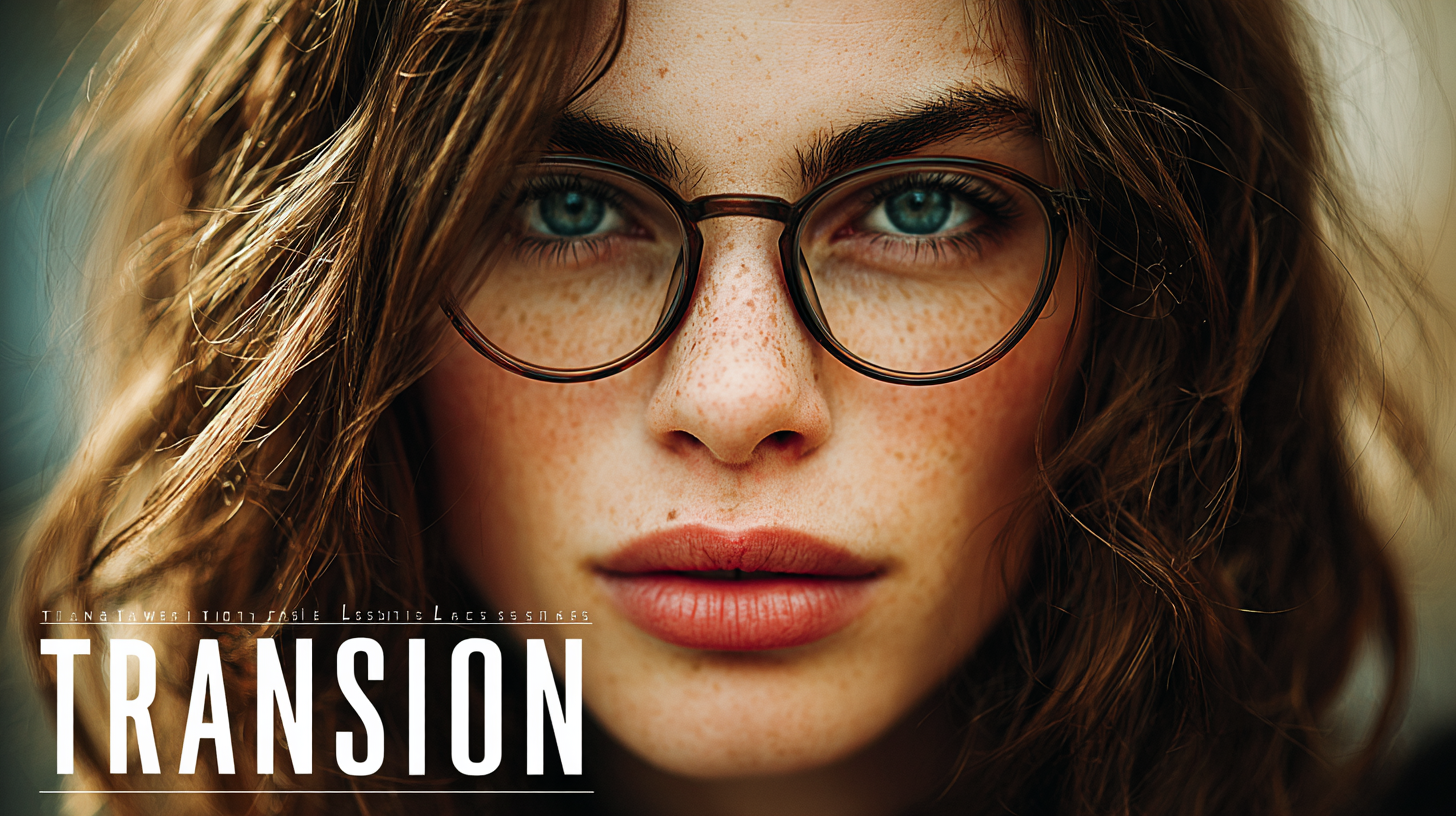In recent years, the demand for Transition Lenses has surged, primarily due to an increasing awareness of eye health and the convenience these innovative lenses offer. According to the Vision Council's report, about 63% of adults in the U.S. now express a preference for photochromic lenses, a significant rise from previous years. This growth can be attributed to the lenses' ability to adapt to varying lighting conditions, providing both indoor clarity and outdoor protection from harmful UV rays. As global consumers become more discerning in their eyewear choices, selecting the right Transition Lenses from reputable manufacturers becomes paramount. This comprehensive guide aims to equip buyers with essential insights on how to choose high-quality lenses, ensuring optimal vision and protection, while navigating the myriad of options available in today's market.

When considering transition lenses, global buyers should focus on several key features to ensure they make the best choice for their eyewear needs. First and foremost, look for lenses that provide variable tint levels; the ability to adapt quickly to changing light conditions is essential, especially for those who transition between indoor and outdoor environments. Additionally, consider the speed at which the lenses darken and clear up—some models perform better than others in this regard, which can significantly impact comfort and convenience.
Another important aspect is UV protection. High-quality transition lenses should offer 100% protection against harmful UV rays, which is crucial for protecting your eyes in sunny climates. Moreover, buyers should consider anti-reflective coatings to reduce glare and enhance visual clarity. These coatings can be particularly beneficial for activities like driving or cycling, where maintaining clear vision is essential.
**Tips for Choosing Transition Lenses:**
- Test different brands to compare their adaptability to light changes; personal experience can often guide you to the best fit.
- Ensure the lenses meet or exceed standard UV protection ratings for comprehensive safety.
- Consult with an eyewear professional to determine the best lens type based on your lifestyle and vision needs.
As we look towards 2025, the interplay of technology and innovation is poised to transform various industries, including eyewear with transition lenses. Advanced AI systems are enhancing the customization and functionality of these lenses, ensuring a more tailored user experience. For instance, smart lenses that adjust tint in real-time based on environmental changes are being developed, leveraging machine learning algorithms to optimize visual clarity and comfort for users.
Additionally, the rise of quantum computing is set to push the boundaries of material science, leading to breakthroughs in lens materials that are lighter yet more durable. This could revolutionize how transition lenses are made, incorporating nanotechnology for improved UV protection and scratch resistance. As manufacturers respond to these technological trends, we can expect innovative products that not only meet but exceed consumer expectations, driving the market for transition lenses in ways we have yet to fully envision.
When considering the purchase of transition lenses, having a detailed checklist can make a significant difference in ensuring you choose the right product.
 First, evaluate the lens material: polycarbonate, high-index, and Trivex are popular options due to their lightweight and impact-resistant properties.
Assessing the lens tint options is also crucial; different tints can enhance visual comfort depending on your environment and activities.
Furthermore, look for lenses that offer 100% UV protection, as this is essential for safeguarding your eyes against harmful rays, whether indoors or outdoors.
First, evaluate the lens material: polycarbonate, high-index, and Trivex are popular options due to their lightweight and impact-resistant properties.
Assessing the lens tint options is also crucial; different tints can enhance visual comfort depending on your environment and activities.
Furthermore, look for lenses that offer 100% UV protection, as this is essential for safeguarding your eyes against harmful rays, whether indoors or outdoors.
Next, consider the speed of transition and the temperature sensitivity of the lenses. Some lenses may change from dark to clear more quickly than others, which can be essential for frequent transitions between indoor and outdoor settings. Additionally, check the warranty and return policy because reputable manufacturers often offer guarantees that allow you to assess the lenses in everyday conditions. Lastly, read reviews and testimonials from previous users to gain insights into real-life experiences, as this can inform you about the longevity and performance of the lenses. By following this comprehensive checklist, you can ensure a more informed and satisfying purchase of transition lenses.
Transition lenses, also known as photochromic lenses, have emerged as a fashionable and functional choice for consumers, blending convenience with cutting-edge technology. Leading brands in the market have invested heavily in advancing this lens technology, ensuring that the eyewear not only adapts to changing light conditions but also enhances user comfort and clarity. Once considered just a practical option for older generations, these lenses have transitioned into trendy accessories, making them popular among younger consumers who value both style and function.
Various brands are vying for dominance in the transition lenses market, continuously innovating to improve lens performance. Recent advancements have allowed for quicker transition times and a wider range of UV protection, which is crucial for those who spend significant time outdoors. As these brands focus on meeting the demands of modern lifestyles, global buyers can expect to find a diverse selection of high-quality lenses tailored for various activities—be it driving, sports, or everyday wear—enhanced by the latest innovations in optical technology.

When exploring the preferences and needs of transition lens users worldwide, it's essential to recognize that individual requirements can vary significantly based on lifestyle, climate, and regional attitudes toward eyewear. Many consumers prioritize comfort and convenience, seeking lenses that seamlessly adapt to changing light conditions. For these users, high-quality photochromic lenses are a must, as they enhance visibility without the need for multiple pairs of glasses.
Tip: When choosing transition lenses, consider factors like the lens material and the speed of transition. Some lenses may darken more quickly than others in sunlight, and lightweight materials can enhance comfort during prolonged wear.
Moreover, specific demographics may exhibit distinct preferences. Younger users often prefer trendy frames that reflect personal style, while older users might prioritize functionality and durability. Understanding these insights can guide manufacturers and retailers in tailoring their products to meet diverse consumer needs globally.
Tip: Engage with your customers to gather feedback about their experiences with transition lenses. This can provide valuable information for improving product offerings and marketing strategies.
| Country | User Preference | Common Activities | Lens Features Desired | Price Range ($) |
|---|---|---|---|---|
| USA | Durability | Outdoor Sports | Anti-Fog, UV Protection | 150 - 250 |
| Germany | Photochromic Speed | Driving | Quick Transition, Scratch Resistant | 200 - 300 |
| Japan | Lightweight | Cycling | Comfort Fit, Enhanced Clarity | 180 - 280 |
| Australia | High UV Protection | Beach Activities | Polarized, Anti-Glare | 200 - 350 |
| Brazil | Style | Social Events | Fashionable Design, Custom Colors | 100 - 220 |

